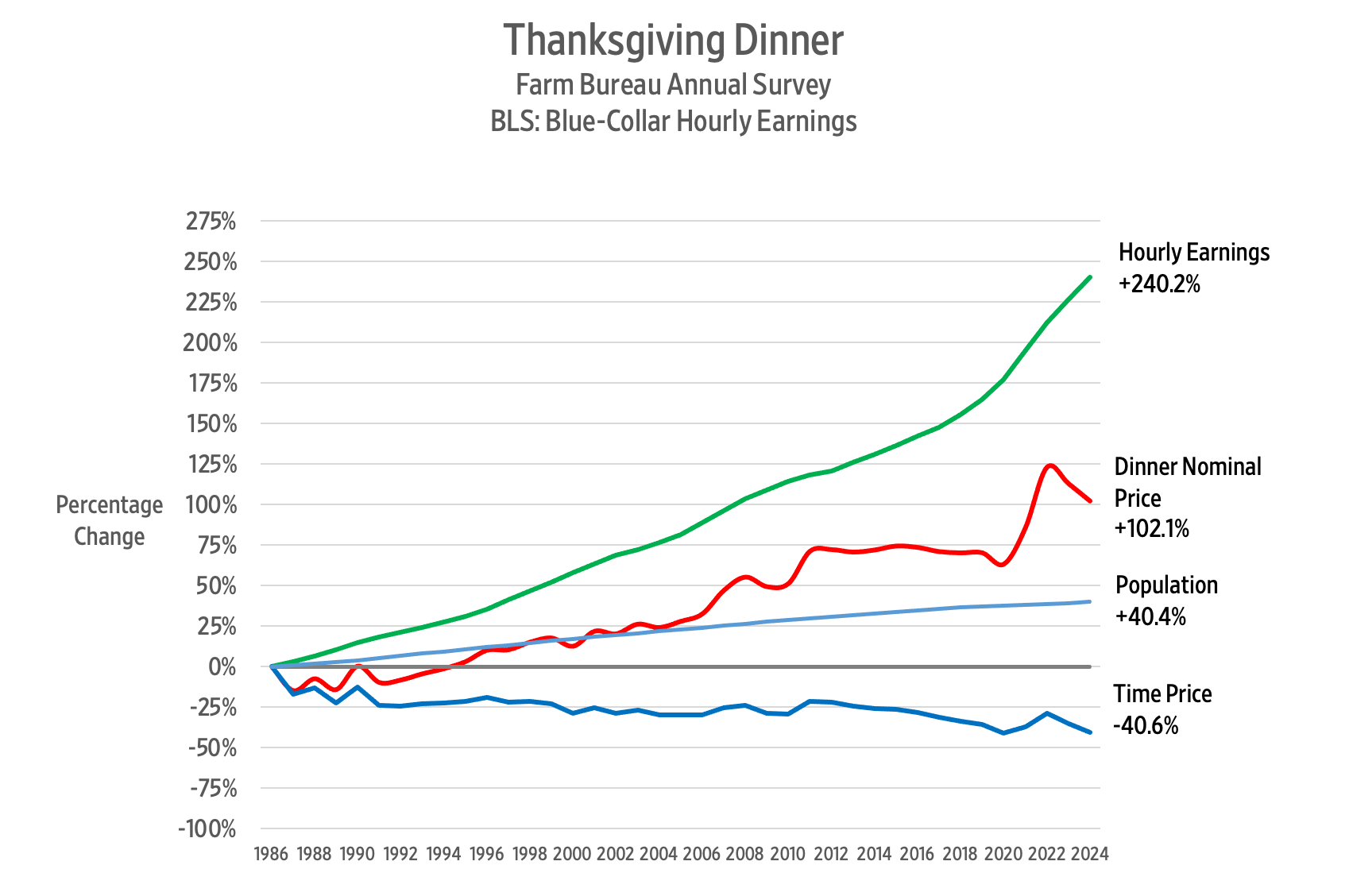Summary: In the mid-19th century, Japan’s feudal society underwent a profound transformation during the Meiji Restoration, embracing Westernization and modernization. The shift from isolationism to openness resulted in rapid industrialization and technological advancements, improving living standards, education, and social mobility for ordinary citizens. This article examines Japan’s journey from a closed society to a prosperous nation, dispelling romanticized notions of the “good old days” and highlighting the benefits of progress and innovation.
Imagine you’re a farmer in Japan in 1850. You pay homage to your feudal lord, wear clothes of plain cotton, eat rice and fish, and are mostly preoccupied with surviving the occasional famine and outbreaks of disease. You likely have no education. Fifty years later, life has changed beyond recognition. Farmers now have an education, have fertilizer to farm with, have access to vaccination, and can use the telegraph and the postal service. They have more money to spend, more leisure time, and access to mass media.
The 2003 movie The Last Samurai portrays Japan during this period of modernization. The film laments the loss of traditional samurai culture amid rising Westernization. The film is inspired by the Satsuma Rebellion, a revolt from disaffected samurai amid the loss of their privileged position in society.
Longing for a privileged past is not unique to Japan; many in Europe romanticize the medieval era as one of knightly chivalry. However, such portrayals usually look at history through rose-tinted glasses. The “good old days” is a common fallacy, with facts becoming more distorted the further one looks back in history.
What really happened in the era of The Last Samurai?
The period takes places after the Meiji Restoration, showcasing the Westernization of Japan. Before this period, Japan was ruled by Tokugawa shogunate, a military dictatorship that had dominated the island for over 260 years. It imposed the foreign policy of Sakoku—that is, one of extreme isolationism. Aiming to reduce the spread of Christianity and cement the power of the shogun, the islands of Japan became closed to foreigners. No one was allowed to enter or leave Japan, and foreign trade was virtually nonexistent. (There was some trade allowed from the Dutch through the island of Kyushu, notably in porcelain.) This period was one of peace, which many in Japan welcomed after the Sengoku Jidai (a period of civil war) of the 1500s.
Conservatives in Japan welcomed this closing of the country to foreign influence. At the time, Japan was dominated by the samurai class. Samurai, while traditionally warriors, had moved in peacetime to become aristocratic bureaucrats at the service of their daimyo, a feudal lord. Samurai had a monopoly on military force and controlled most of education. Merchants were seen as a lower class, even lower than farmers. Feudalism, a system where a lord would rent out land in return for labor from the peasantry, had ended in parts of Europe around 1500. Whereas competition among European powers had created the emergence of a middle class, Japan had remained socially, technologically, and militarily stagnant from 1639 onwards.
As described by Mitsutomo Yuasa in his study The Scientific Revolution in Nineteenth Century Japan:
The traditional society (feudalism) before the Meiji Restoration, namely the age of Edo of Tokugawa Shogunate, was based on pre-Newtonian science and technology, and on pre-Newtonian attitudes towards the physical world.
In 1853, Japanese isolationism came to an end. With the arrival of Commodore Matthew Perry demonstrating a textbook example of gunboat diplomacy, the United States forced an end to Japanese isolationism and the opening of Japanese ports to American trade. In the years that followed, Japan established diplomatic relations with the Western Great Powers and underwent a collapse of the ruling Tokugawa shogunate.
Japan then went through a period of rapid modernization, importing Western technology, ideas, and culture. Ian Inkster describes the impact:
By 1855, Western machinery and factory organization had been introduced at Nagasaki for the maintenance of warships, and a spurt of building began in 1860 under Dutch leadership. It was Englishmen who in 1867 constructed the first steam powered spinning plant, the Kagoshima Spinning Factory. . . . By 1882, the Osaka Spinning Company operated 16 mules, 10,500 spindles and was practically powered by steam. . . . From 1870 to 1872, 245 railway engineers arrived in Japan from Europe. . . . Telegraphic communication was also established by the British from 1871.
The industries that were revolutionized by foreign influence included the iron industry, mining, railways, electricity, civil engineering, medicine, administration, shipbuilding, porcelain, earthenware, glass, brewing, sugar, chemicals, gunpowder, and cement manufacture. Japan developed its staple industry and export product, silk manufacturing and spinning, under guidance from a Swedish engineer using Italian methods. The silk industry also employed a large amount of female labor in Japan, with more women in the industrial labor force in Japan than in any other country in Asia.
The development of technological innovations improved Japanese industry. Ryoshin Minami showed the growth in total horsepower between 1891 and 1937 was in the order of 13 percent annually. The figure below shows the growth rate of development of primary industries during the period between 1887 and 1920, as well as overall economic growth. In many of the years during that period, growth in private non-primary fixed capital was in the double digits.
By the 1890s, Japanese textiles dominated the home markets and competed successfully with British products in China and India. Japanese shippers were competing with European traders to carry these goods across Asia and even to Europe.
The Satsuma Rebellion occurred in 1877, as Japanese government restricted the ability to carry a katana (long sword) in public. Regardless of one’s thoughts on the right to bear arms, the reduction in the power of the samurai class was a win for ordinary Japanese people. Having access to modern medical techniques, transportation, and goods benefited the whole society, rather than just feudal elites. Indeed, many of the samurai were able to adapt to their new roles in a modern Japan, working in business or government. In the 1880s, 23 percent of prominent Japanese businessmen were from the samurai class. By the 1920s, the number had grown to 35 percent.
By 1925, universal manhood suffrage had been implemented, a stark contrast from the Tokugawa shogunate. The social structure had loosened, allowing societal advancement far more easily than in the feudal era. By 1897, 95 percent of citizens were receiving some form of formal education, in contrast to 3 percent in 1853. With a more educated population, Japan’s industrial sector grew significantly. Of course, the new system still had its problems, such as labor strikes and industrial unrest. However, Westernization brought far more economic freedom to the Japanese people. Attitudes to commerce changed. Merchants rose from being the lowest class to becoming a vital part of the burgeoning middle class.
In Japan, progress was seen in economics, science, technology, education, consumer goods, industry, and social mobility. Society and the traditional order had been uprooted, in an example of Schumpeterian “creative destruction.” The inflow of new ideas, of new ways of doing things, allowed people to become freer, wealthier, healthier, and better educated. The opening of Japan was fundamentally an opening to progress. By isolating itself, Japan fell behind the rest of the world. As it opened itself to competition, it was able to catch up, and in some cases, surpass other countries. And the ordinary citizen of Japan was better for it.




